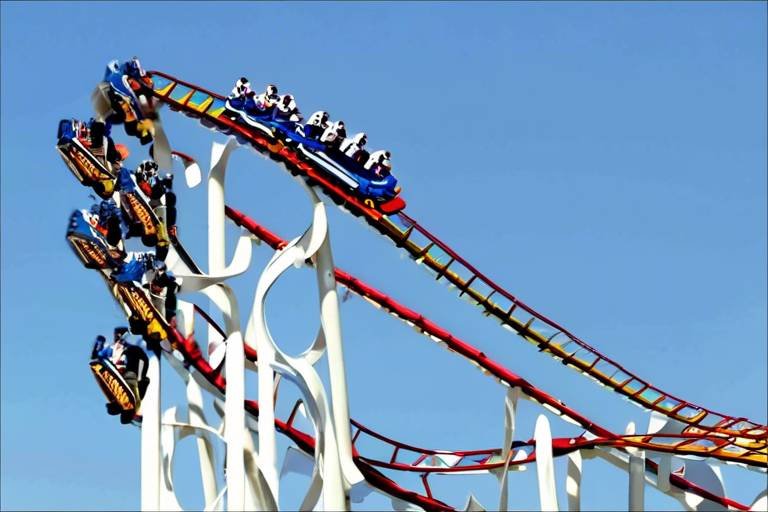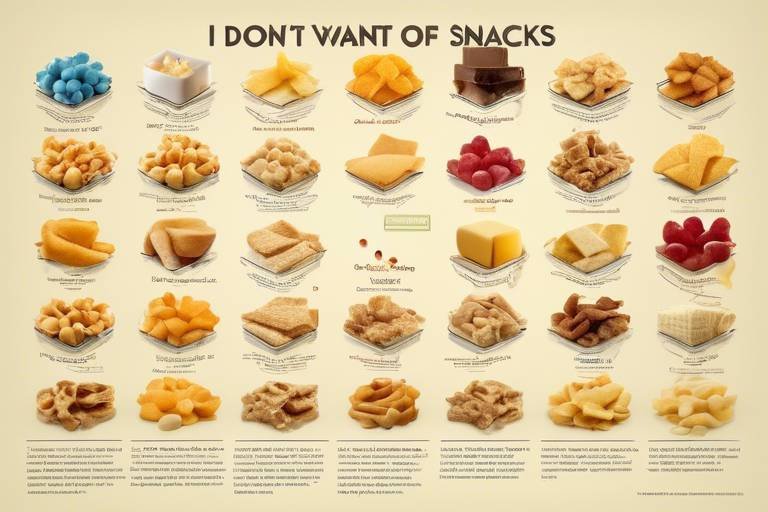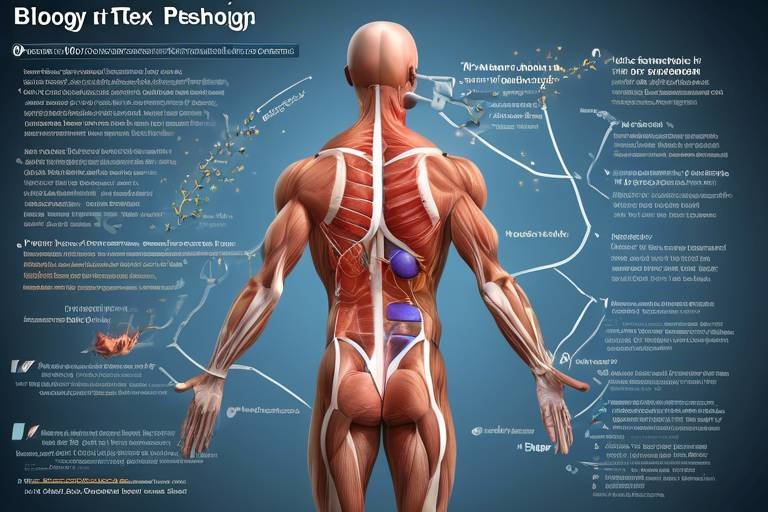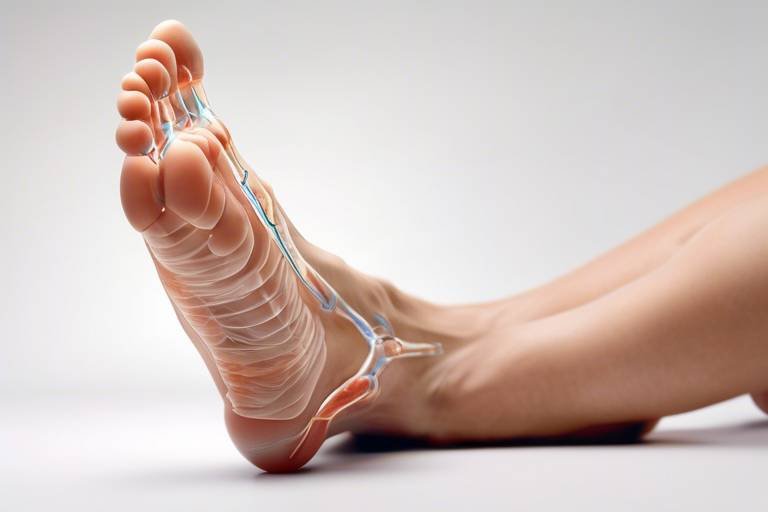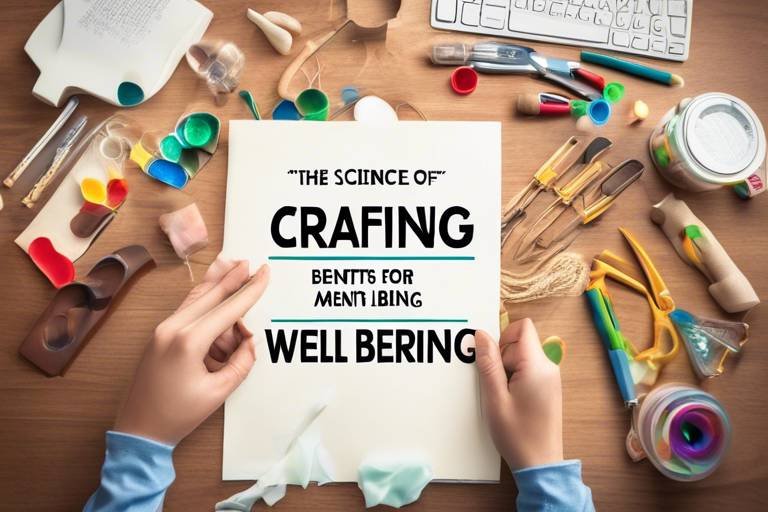The Physics of Roller Coasters - What Makes Them Thrilling?
Roller coasters are not just simple amusement park rides; they are intricate marvels of engineering and physics that provide an unparalleled thrill to millions of riders every year. Have you ever wondered what makes that rush of adrenaline kick in as you plummet down a steep drop or whip around a tight turn? The answer lies in the fascinating interplay of various physical forces at work. Understanding the physics behind these rides not only enhances your appreciation for the engineering involved but also allows you to grasp the exhilarating sensations that roller coasters provide.
At the heart of every roller coaster experience are fundamental principles of physics, such as gravity, inertia, and centripetal force. These forces collaborate to create the thrilling ups and downs, twists and turns that we love. As you ascend a hill, gravity pulls you back down, while inertia keeps you moving forward, creating that exhilarating feeling in your stomach when you reach the peak. It's a dance of forces, where each element plays a critical role in crafting the ride of a lifetime.
But what makes roller coasters truly special is not just the physics; it's the engineering ingenuity that goes into designing these rides. Engineers meticulously plan each curve, drop, and loop to ensure that riders experience maximum thrill while maintaining safety. The result is a perfect blend of excitement and engineering prowess, allowing you to feel the wind in your hair and the rush of speed as you defy gravity.
As we dive deeper into this article, we will explore the various forces at play, the engineering behind the design, and the safety measures that keep riders secure. By the end, you'll have a newfound respect for the physics of roller coasters and an understanding of what makes them so thrilling. So, buckle up and get ready for an exhilarating journey through the world of roller coaster physics!
Understanding the fundamental principles of physics, such as gravity, inertia, and centripetal force, is essential to appreciate how roller coasters operate and create thrilling experiences for riders. These forces interact in ways that can make your heart race and your stomach drop. Imagine yourself at the top of a steep hill, the anticipation building as you prepare to plunge downwards. The moment you crest that hill, gravity takes over, pulling you down with increasing speed. This is where the magic begins!
Gravity is the invisible force that keeps us grounded, but on a roller coaster, it becomes a thrilling ally. As the coaster climbs higher, it accumulates potential energy, which is then transformed into kinetic energy as it descends. This transformation is what gives riders that exhilarating rush. The higher the coaster, the greater the potential energy, and the more thrilling the drop. Riders often scream not just from fear, but from the sheer joy of experiencing such a powerful force!
Inertia is another crucial player in the roller coaster experience. This is the tendency of an object to resist changes in its state of motion. When you’re in a roller coaster, your body wants to keep moving in the direction it was going, even when the ride takes a sudden turn. This is why you feel a force pushing you against the side of the car during sharp turns or loops. It’s a wild sensation that adds to the thrill of the ride!
There are different types of inertia that impact roller coaster rides. Linear inertia refers to the resistance to changes in speed or direction while moving in a straight line. On the other hand, angular inertia comes into play during twists and turns. Both types contribute to the roller coaster experience, making each ride unique and exciting.
Engineers design roller coasters to manage inertia effectively. This involves creating strategic turns and drops that maximize thrill while minimizing discomfort. The goal is to keep riders safe and comfortable while still delivering that adrenaline rush. By carefully calculating the forces at play, engineers can create rides that are both exhilarating and safe.
Safety is paramount in roller coaster design. Engineers employ a variety of safety measures to ensure that riders can enjoy thrilling experiences without compromising their well-being. This includes rigorous testing, safety harnesses, and regular maintenance checks. The result is a thrilling ride that you can trust!
The engineering involved in roller coasters is complex and innovative. From the initial design phase to the final construction, a roller coaster is a testament to human ingenuity. Engineers use advanced technologies and materials to create rides that not only thrill but also stand the test of time.
The choice of materials significantly impacts roller coaster performance and safety. Steel and wood are the two primary materials used, each offering unique benefits. Steel coasters tend to provide smoother rides with more intricate designs, while wooden coasters offer a classic feel and nostalgia. The properties of these materials play a crucial role in ensuring durability and excitement.
As technology advances, roller coasters continue to evolve. Emerging trends in design and technology promise to enhance the thrill and safety of future roller coasters. Innovations such as virtual reality experiences and magnetic propulsion systems are paving the way for even more exhilarating rides. The future of roller coasters is bright, and we can’t wait to see what’s next!
- What forces are at play in a roller coaster ride? The primary forces are gravity, inertia, and centripetal force.
- How do engineers ensure roller coasters are safe? Engineers conduct rigorous testing, use safety harnesses, and perform regular maintenance checks.
- What materials are commonly used in roller coasters? The two main materials are steel and wood, each offering different benefits.
- How is the thrill factor calculated in roller coaster design? Engineers analyze various forces and design elements to maximize thrill while ensuring safety.
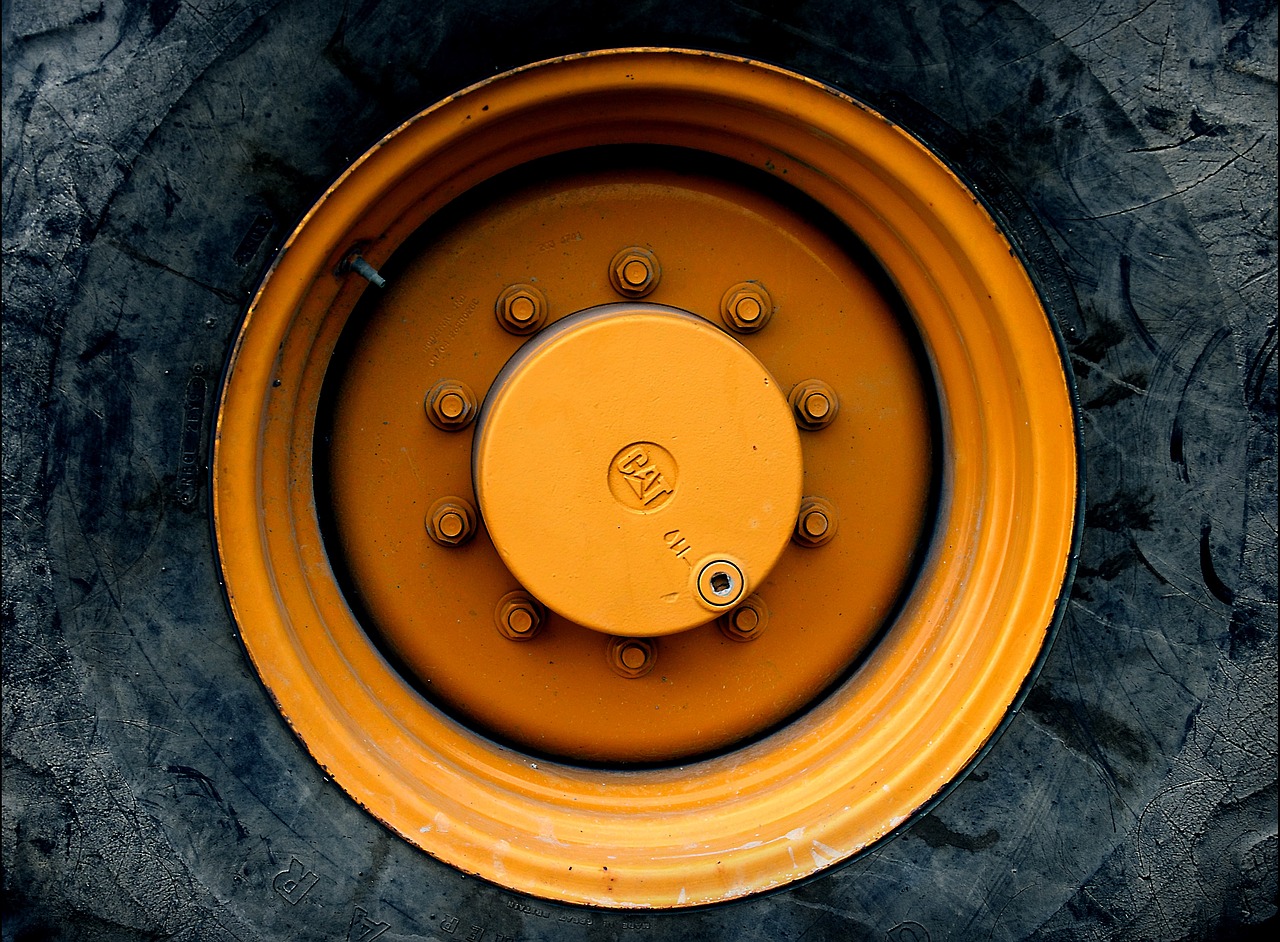
The Basics of Roller Coaster Physics
Understanding the fundamental principles of physics is essential for appreciating the exhilarating experience of roller coasters. At the heart of these thrilling rides are three primary forces: gravity, inertia, and centripetal force. Each of these forces plays a crucial role in how roller coasters operate and the sensations they create for riders. When you buckle up and prepare for a ride, you might not think about the intricate dance of physics happening all around you, but it's this very science that transforms a simple track into a heart-pounding adventure.
First, let's dive into gravity. This omnipresent force is what pulls everything towards the Earth, and in the context of roller coasters, it’s the driving force behind the exhilarating drops and climbs. When a coaster car ascends a hill, it’s working against gravity, storing potential energy. As it plunges down, that potential energy converts into kinetic energy, causing the car to speed up. The thrilling rush you feel as you plummet downwards is largely due to this gravitational pull, creating an adrenaline rush that keeps riders coming back for more.
Next up is inertia, which can be summed up as the tendency of an object to resist changes in its state of motion. When you're on a roller coaster, your body wants to stay in motion, especially when the car takes sharp turns or sudden drops. This is why you might feel a jolt or a rush during those hairpin curves; your body is fighting against the inertia trying to keep you in your seat. In essence, the twists and turns of the coaster manipulate inertia to create those thrilling sensations that make your heart race.
Now, let’s not forget about centripetal force, which is crucial when the coaster takes a turn. This force acts towards the center of the circular path, allowing the car to maintain its trajectory around curves. Imagine swinging a ball on a string; the tension in the string is akin to the centripetal force keeping the ball in motion. On a roller coaster, this force is what keeps you glued to your seat during those exhilarating loops and spirals. Without it, riders would be flung outward, and that wouldn't be nearly as fun!
In summary, the physics of roller coasters is a fascinating blend of forces that work together to create the thrilling experiences we all love. Understanding these basic principles not only enhances your appreciation for the ride but also allows you to marvel at the engineering feats that make these adrenaline-pumping adventures possible. So, the next time you find yourself in line for a coaster, take a moment to consider the incredible science at play and how it contributes to the sheer joy of the ride.
- What is the most important force in roller coaster physics?
Gravity is the most significant force, as it influences the speed and height of the ride. - How does inertia affect roller coaster rides?
Inertia creates the thrilling sensations during twists and turns, making riders feel as though they are being pushed against their seats. - What role does centripetal force play?
Centripetal force keeps the roller coaster car on its curved path, preventing riders from being flung outward during turns.
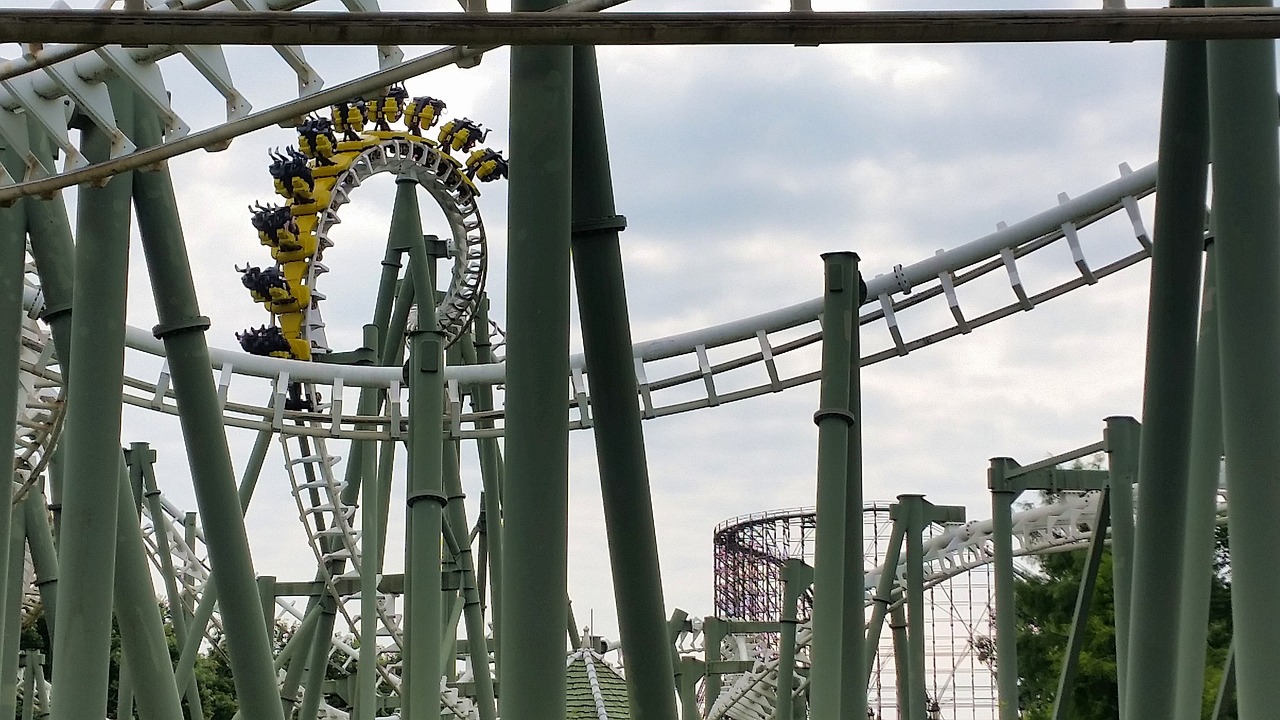
The Role of Gravity
Gravity is the silent force that shapes our world, and in the thrilling realm of roller coasters, it acts as the ultimate architect of excitement. Imagine standing at the top of a steep hill, your heart racing as you prepare to plunge downwards. That exhilarating feeling is all thanks to the pull of gravity, which transforms potential energy into kinetic energy, propelling riders at breathtaking speeds. But how does this force work in the context of roller coasters? Let’s break it down.
When a roller coaster ascends a hill, it gains potential energy. This energy is stored as the coaster climbs higher, much like a ball perched at the top of a slope, waiting to roll down. Once the coaster reaches its peak, gravity takes over, and the real fun begins. As it descends, that potential energy converts into kinetic energy, causing the coaster to accelerate rapidly. The thrill of the drop is not just about speed; it’s about the sheer force of gravity pulling you down, creating an adrenaline rush that is hard to replicate.
Furthermore, gravity influences various aspects of roller coaster design. Engineers must consider the height of the hills, the steepness of the drops, and the overall layout of the track to ensure that gravity works in harmony with the coaster's speed and momentum. If a coaster is too steep or too high, it could lead to uncomfortable experiences for riders, such as excessive g-forces. On the other hand, a well-designed coaster will use gravity to create thrilling moments that leave riders screaming for more.
To illustrate how gravity impacts a roller coaster ride, let’s take a look at the different forces at play:
| Force | Description |
|---|---|
| Gravitational Force | The force that pulls the coaster downwards, creating acceleration during drops. |
| Normal Force | The support force exerted by the track, acting perpendicular to the coaster's surface. |
| Centripetal Force | The force that keeps the coaster moving in a circular path during turns and loops. |
As you can see, gravity is not just a background player; it’s a key player in the drama of roller coasters. The careful balance of these forces allows engineers to create rides that are not only thrilling but also safe. By understanding how gravity works, we can appreciate the science behind the screams and laughter that echo through amusement parks. Next time you buckle into your seat and feel that familiar rush, remember—it’s gravity that’s got your back, or rather, your stomach!

When you hop onto a roller coaster, you’re not just strapping yourself into a seat; you’re diving into a thrilling dance with physics, particularly the concept of inertia. Inertia is the tendency of an object to resist changes in its state of motion. It’s why you feel that rush when the coaster suddenly accelerates or why you’re pushed back into your seat during a steep drop. Think of it like this: when the coaster speeds up, your body wants to stay in its original position, creating that exhilarating sensation of being thrown forward. It’s a wild ride of forces at play!
So, how does inertia come into play in the twists and turns of a roller coaster? When the train takes a sharp turn, your body experiences a force that pulls you outward, away from the center of the curve. This is often referred to as centrifugal force, which isn’t an actual force but rather the result of inertia. It’s that feeling of being pushed against the side of the car, and it adds to the thrill. The design of the coaster takes this into account, ensuring that the forces experienced are exciting yet manageable.
In roller coaster design, engineers must consider two types of inertia: linear inertia and angular inertia. Linear inertia refers to the resistance to changes in speed when the coaster is moving straight. Angular inertia, on the other hand, is concerned with how the coaster behaves during turns and spins. Both types are crucial in creating a ride that is not only thrilling but also safe. For instance, if a coaster were to turn too sharply without proper management of these forces, riders could experience discomfort or even injuries. Hence, the engineering behind roller coasters is a delicate balance of maximizing thrill while minimizing risk.
Managing inertia effectively is an art form in roller coaster design. Engineers utilize various techniques to create that perfect blend of excitement and safety. For example, they might design gradual turns that allow riders to experience the sensation of being pushed outward without the harsh jolt of a sudden turn. Additionally, the height and angle of drops are calculated meticulously to ensure that the forces felt by riders are thrilling yet within safe limits. It’s this careful consideration that leads to the creation of iconic rides that keep thrill-seekers coming back for more.
In summary, inertia plays a pivotal role in the roller coaster experience, influencing how we feel as we twist, turn, and plummet through the air. Without a solid understanding of this physical principle, roller coasters wouldn’t deliver the heart-pounding excitement we crave. So, the next time you’re screaming with joy—or maybe a little fear—on your favorite coaster, remember that it’s not just the speed or height that makes it thrilling; it’s the incredible interplay of forces, especially inertia, that creates those unforgettable moments!
- What is inertia? Inertia is the resistance of any physical object to any change in its velocity, including changes to the object's speed or direction of motion.
- How does inertia affect roller coaster rides? Inertia affects how riders feel during acceleration, deceleration, and turns, contributing to the thrilling sensations experienced on roller coasters.
- What are the types of inertia? The two main types of inertia relevant to roller coasters are linear inertia (resistance to changes in speed) and angular inertia (resistance to changes in direction).
- How do engineers manage inertia in roller coaster design? Engineers design coasters with gradual turns and calculated drops to ensure that the forces experienced by riders are thrilling yet safe.
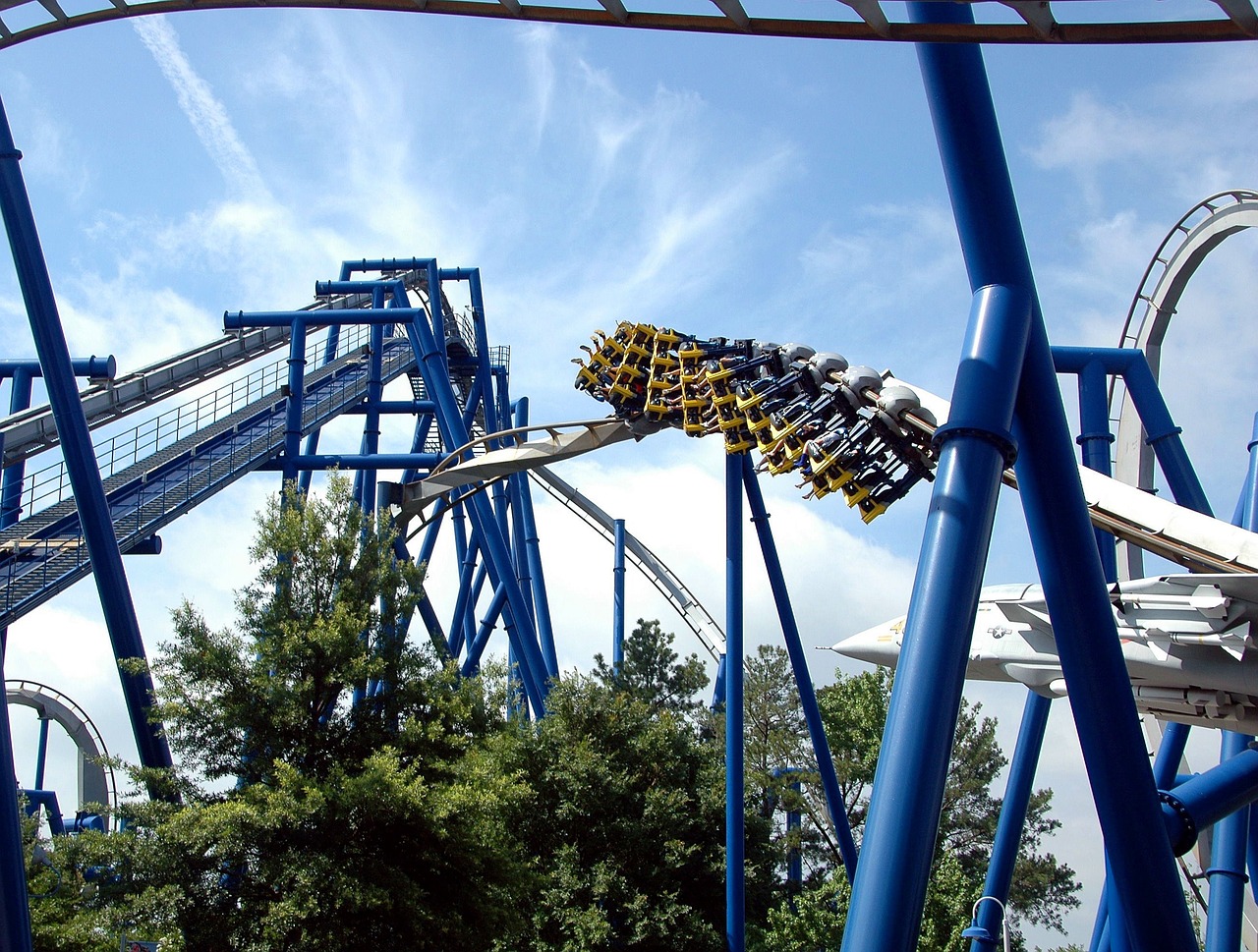
When we talk about inertia in the context of roller coasters, it’s essential to understand that there are different types that significantly impact the ride experience. Inertia is essentially the tendency of an object to resist changes in its state of motion. This means that when you're zooming through a roller coaster, your body is trying to maintain its current state, whether that's at rest or in motion. So, let's break down the two main types of inertia that come into play during these thrilling rides: linear inertia and angular inertia.
Linear inertia is the kind you experience when the coaster is moving straight along a track. Imagine you're cruising down a straightaway at high speed. Your body wants to keep moving forward due to inertia, even if the coaster suddenly stops or changes direction. This sensation can create a rush of adrenaline as your body feels the push against the safety harness. In contrast, when the coaster takes a sharp turn, the linear inertia can cause you to feel like you're being pulled outward, enhancing that thrilling sensation of weightlessness.
On the other hand, angular inertia comes into play during twists and turns. Picture yourself on a spinning ride; the faster it spins, the more you feel that pull towards the outside. Angular inertia is all about how an object rotates around a central point. In roller coasters, when the train navigates a loop or a corkscrew, your body experiences a force that tries to keep you moving in a straight line, while the coaster is forcing you to follow its curved path. This creates an exhilarating feeling, often described as being "pushed" into your seat as the coaster completes its rotation.
To sum it up, both linear and angular inertia contribute to the roller coaster experience in unique ways. While linear inertia keeps you glued to your seat during straightaways, angular inertia adds that extra twist of excitement during those heart-pounding turns. Together, they create a symphony of sensations that make roller coasters one of the most thrilling rides in amusement parks around the world.
- What is inertia? Inertia is the tendency of an object to resist changes in its motion. It plays a crucial role in how we experience roller coasters.
- How does linear inertia affect roller coaster rides? Linear inertia keeps riders feeling the thrill of speed during straight sections of the track.
- What about angular inertia? Angular inertia affects how riders feel during turns and loops, creating sensations of being pushed outward.
- Can engineers control inertia in roller coaster design? Yes, engineers strategically design roller coasters to manage inertia for maximum thrill and safety.
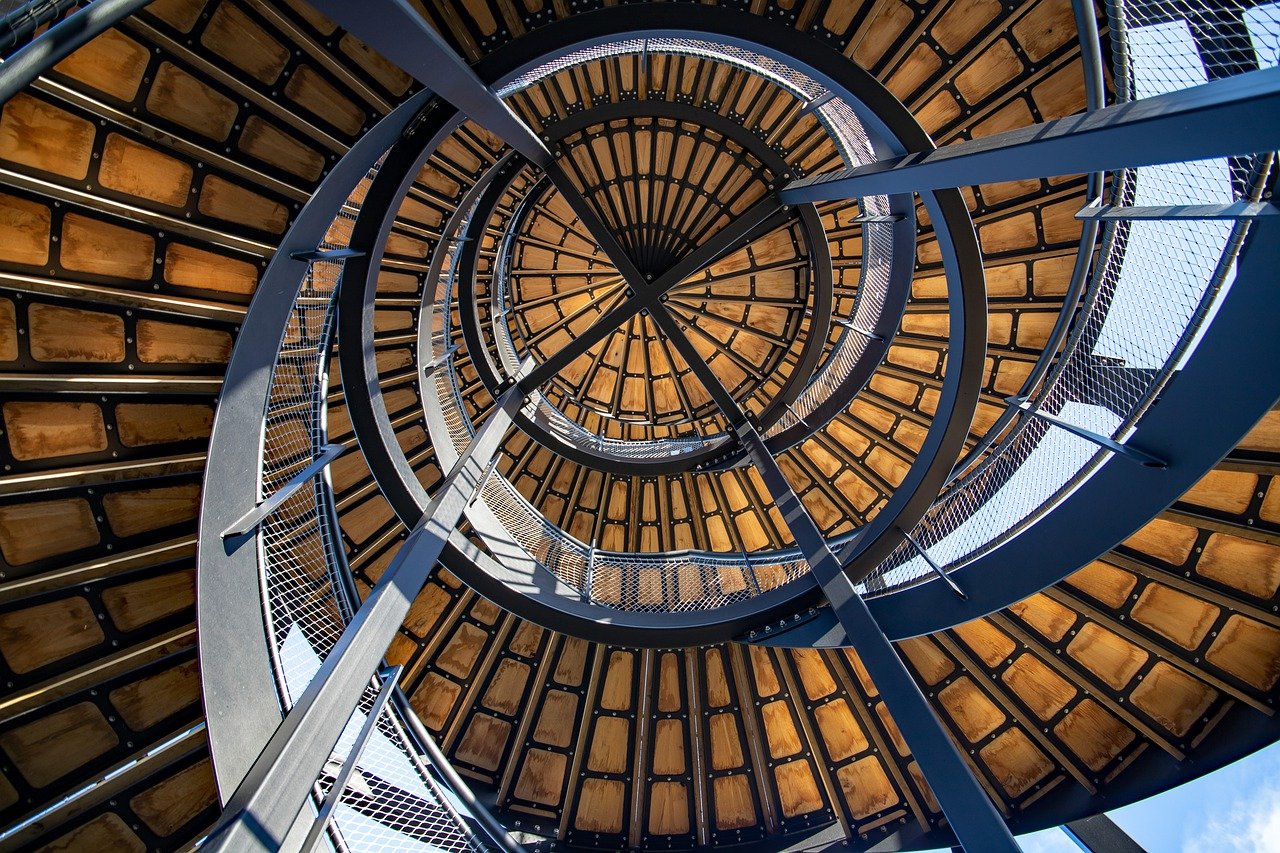
When it comes to roller coasters, managing inertia is crucial for creating an exhilarating yet safe experience. Inertia, the tendency of an object to resist changes in its state of motion, plays a significant role in how riders feel during the ride. Engineers and designers work meticulously to manipulate this force, ensuring that the thrill of the ride is maximized while minimizing discomfort. Imagine riding a roller coaster as a dance between speed and control, where every twist and turn is choreographed to perfection.
One of the primary ways inertia is managed is through the design of the track. Coasters are built with specific angles and curves that help to control the forces acting on the riders. For instance, during a steep drop, gravity pulls the train downwards, and the inertia of the riders tries to push them back into their seats. This sensation is thrilling, but if the drop is too steep or sudden, it can lead to discomfort or even injury. To counteract this, engineers often design gradual slopes and banked turns that allow riders to experience the thrill without feeling overwhelmed.
Additionally, the use of restraint systems plays a vital role in managing inertia. These systems, which include harnesses and lap bars, help keep riders securely in their seats during rapid changes in speed and direction. By providing a snug fit, these restraints allow riders to fully enjoy the experience without the fear of being thrown from their seats. It's like being wrapped in a cozy blanket while you soar through the air—comforting yet thrilling at the same time.
Moreover, the overall layout of the coaster is designed to create a balance between acceleration and deceleration. Engineers carefully calculate the forces at play to ensure that riders experience moments of weightlessness and intense g-forces without excessive strain. For example, a well-designed coaster might include a series of quick drops followed by smooth ascents, allowing riders to feel the rush while maintaining a sense of control. This careful orchestration of forces is what elevates a simple ride into a heart-pounding adventure.
In summary, managing inertia in roller coasters is an art form that combines physics with engineering ingenuity. By understanding how inertia affects rider experience, designers can create rides that are not only thrilling but also safe. The next time you buckle up for a coaster ride, take a moment to appreciate the intricate balance of forces at play—it's what makes the experience truly unforgettable!
- What is inertia and how does it affect roller coasters?
Inertia is the resistance of any physical object to a change in its state of motion. In roller coasters, it affects how riders feel during drops and turns, creating sensations of weightlessness or increased pressure. - How do engineers ensure safety while managing inertia?
Engineers design tracks with specific angles and curves to control the forces acting on riders. Additionally, they use restraint systems to keep riders securely in place during the ride. - Can too much inertia be dangerous on a roller coaster?
Yes, excessive inertia can lead to discomfort or injury. That's why coaster designs carefully balance acceleration and deceleration to create a thrilling yet safe experience.
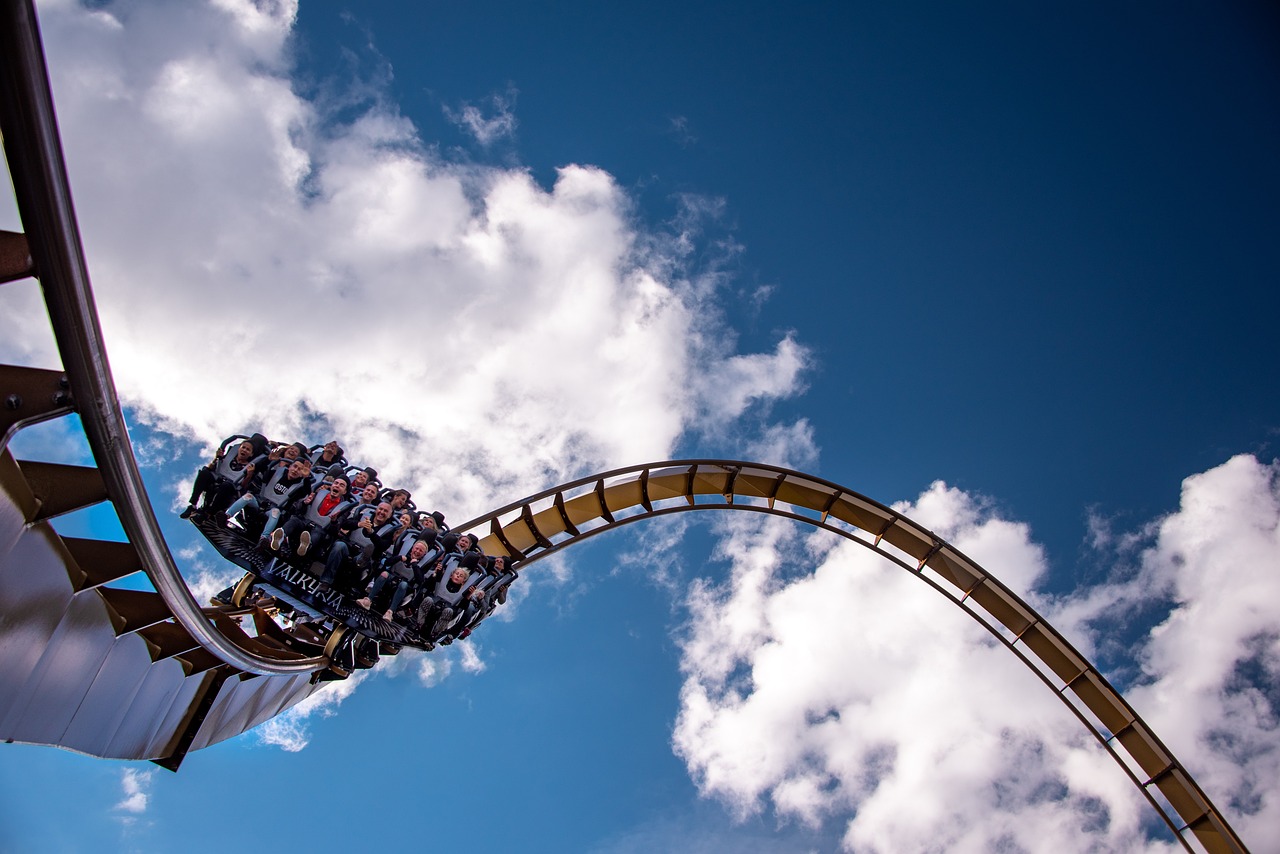
When it comes to roller coasters, the thrill of the ride is often accompanied by the question: How safe is it? Designers and engineers work tirelessly to ensure that every twist, turn, and drop is not just exhilarating but also secure for riders. Safety is not merely an afterthought; it is the foundation upon which every roller coaster is built. From the initial design phase to the final inspection, a multitude of safety measures are integrated into the ride's architecture.
One of the primary concerns in roller coaster design is the structural integrity of the ride. Engineers utilize advanced materials and construction techniques to withstand the forces exerted during operation. For example, steel coasters often use high-tensile strength steel, which offers durability and flexibility, allowing the ride to handle the intense stresses of high speeds and rapid changes in direction. On the other hand, wooden coasters, known for their classic charm, require meticulous craftsmanship to ensure that the wood can endure the forces without compromising rider safety.
Moreover, the design of safety restraints is crucial. These restraints are engineered to keep riders securely in their seats while allowing for a thrilling experience. Common types of restraints include:
- Over-the-shoulder harnesses: These provide upper body support, preventing riders from being lifted out of their seats during sharp turns.
- Lap bars: These secure the rider's waist, allowing for freedom of movement while ensuring safety.
- Seat belts: Often used in conjunction with other restraints, they add an extra layer of security.
Another vital aspect of safety design involves rigorous testing and inspections. Before a roller coaster opens to the public, it undergoes a series of tests to identify any potential issues. Engineers simulate various scenarios, including maximum load conditions and emergency stops, to ensure that every component functions correctly. Additionally, regular maintenance checks are scheduled to keep the ride in optimal condition, allowing for immediate repairs if any wear or tear is detected.
In recent years, technology has played a significant role in enhancing roller coaster safety. Smart sensors are now integrated into many rides, monitoring everything from structural integrity to rider restraint systems in real-time. This data allows operators to make informed decisions and address any safety concerns before they escalate. Furthermore, advanced computer simulations help designers predict how a roller coaster will perform under various conditions, ensuring that safety is prioritized throughout the design process.
In conclusion, the thrill of roller coasters is matched only by the extensive safety measures that protect riders. The combination of innovative engineering, rigorous testing, and advanced technology creates an environment where adventure and safety coexist. As roller coasters continue to evolve, one thing remains clear: the commitment to safety will always be at the forefront of design.
Q: How often are roller coasters inspected for safety?
A: Roller coasters are typically inspected daily before the park opens and undergo more comprehensive inspections at regular intervals, often weekly or monthly, depending on the park's regulations.
Q: What materials are used in roller coaster construction?
A: Common materials include high-tensile strength steel for steel coasters and various types of wood for wooden coasters. Each material is chosen for its specific properties that contribute to safety and performance.
Q: Are roller coasters safe for children?
A: Yes, but it depends on the ride's design and the rider's height. Parks provide guidelines and height restrictions to ensure that children can safely enjoy rides suitable for their age and size.
Q: What happens if a roller coaster breaks down?
A: In the event of a breakdown, trained staff follow emergency protocols to safely evacuate riders. The ride will undergo thorough inspections before reopening to ensure it is safe for operation.
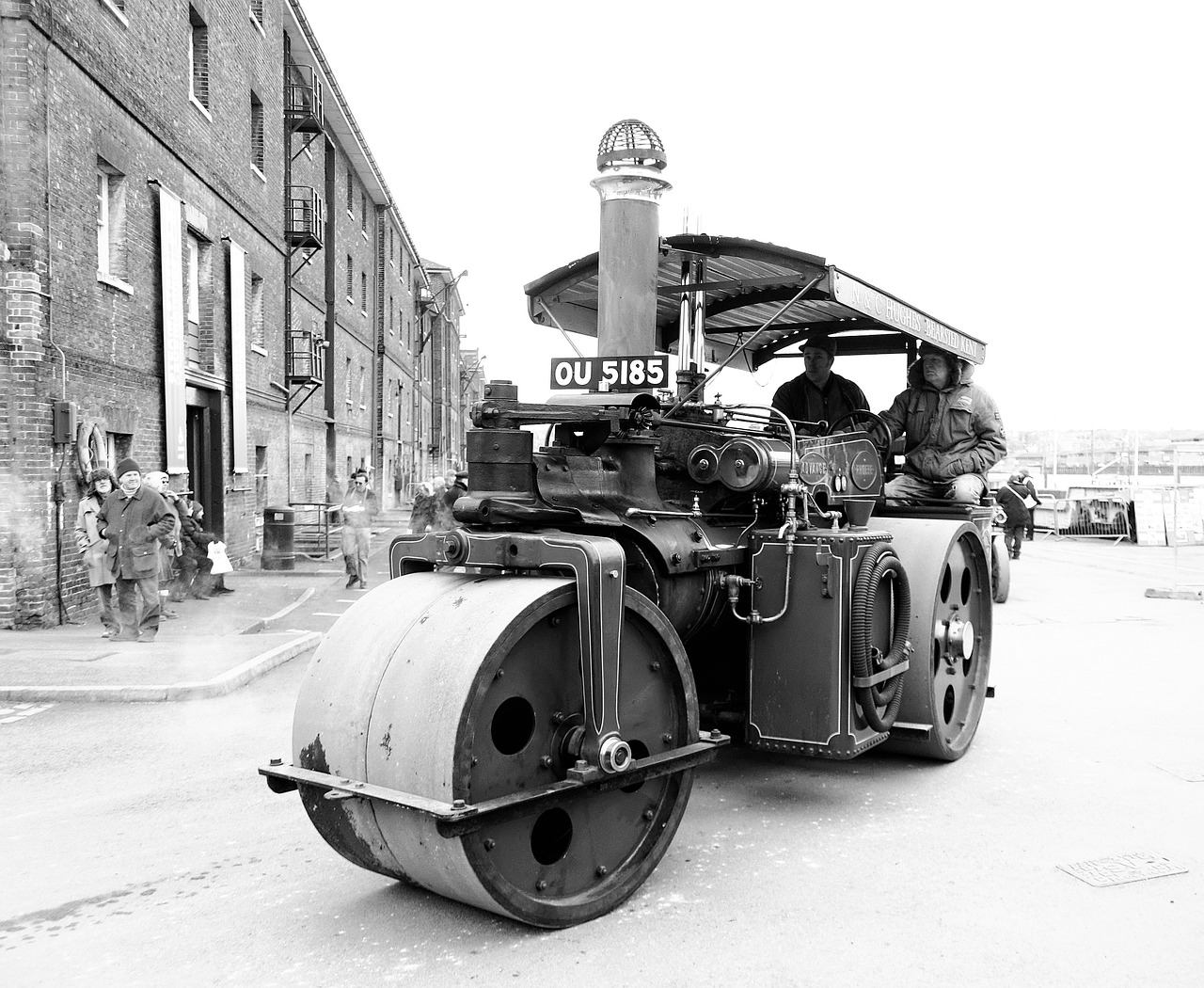
When you think about roller coasters, it’s easy to get swept away by the adrenaline rush and the screams of joy (or terror) that echo through the air. But behind every exhilarating twist and turn lies a world of engineering genius. Roller coasters are not just random structures; they are meticulously designed machines that harness the laws of physics to create thrilling experiences. From the moment a ride begins its ascent to the exhilarating drops and dizzying loops, every element is carefully calculated and constructed to maximize both excitement and safety.
One of the most fascinating aspects of roller coaster engineering is the way it combines creativity with technical precision. Engineers must consider a multitude of factors, such as the ride's height, speed, and the forces that will act on the riders. This is where the magic happens: through a blend of aerodynamics, material science, and structural engineering, they create rides that can withstand the stresses of high-speed travel while ensuring that riders feel safe and secure.
To give you an idea of the complexity involved, let’s break down some key engineering elements:
- Track Design: The shape and layout of the track are crucial. Engineers use computer simulations to test various designs, ensuring that each drop and turn provides the right amount of thrill without compromising safety.
- Support Structures: The supports must be robust enough to handle the forces exerted during the ride. Steel is often used for its strength and flexibility, allowing for both tall structures and intricate designs.
- Safety Systems: Roller coasters are equipped with advanced safety features, including harnesses, brakes, and emergency stop systems. Engineers rigorously test these systems to ensure they function flawlessly under all conditions.
Another exciting aspect of modern roller coaster engineering is the use of advanced materials. For instance, lightweight composites are increasingly being used to reduce the overall weight of the coaster while maintaining strength. This not only enhances speed but also contributes to the longevity of the ride. Additionally, innovations in magnetic propulsion and linear synchronous motors are revolutionizing how roller coasters operate, allowing for smoother starts and stops, as well as more dynamic ride experiences.
As we look to the future, the possibilities for roller coaster design seem limitless. Engineers are exploring virtual reality technology, allowing riders to experience a fully immersive environment that enhances the thrill of the ride. Imagine soaring through the air while simultaneously being transported to a fantastical world, all while the coaster twists and turns beneath you! This integration of technology not only amplifies the excitement but also opens up new avenues for storytelling within the ride experience.
In summary, the engineering behind roller coasters is a fascinating blend of art and science. It’s about creating experiences that push the boundaries of what we think is possible while keeping safety at the forefront. So, the next time you find yourself screaming on a roller coaster, take a moment to appreciate the incredible engineering that makes your thrill ride possible!
Q: How do engineers ensure roller coasters are safe?
A: Engineers conduct extensive testing and simulations, use high-quality materials, and implement multiple safety systems to ensure the safety of roller coasters.
Q: What materials are commonly used in roller coaster construction?
A: Steel and wood are the primary materials used, with steel offering strength and flexibility, while wood provides a classic feel and aesthetic.
Q: How has technology changed roller coaster design?
A: Technology has introduced innovations like magnetic propulsion and virtual reality, enhancing ride experiences and safety measures.
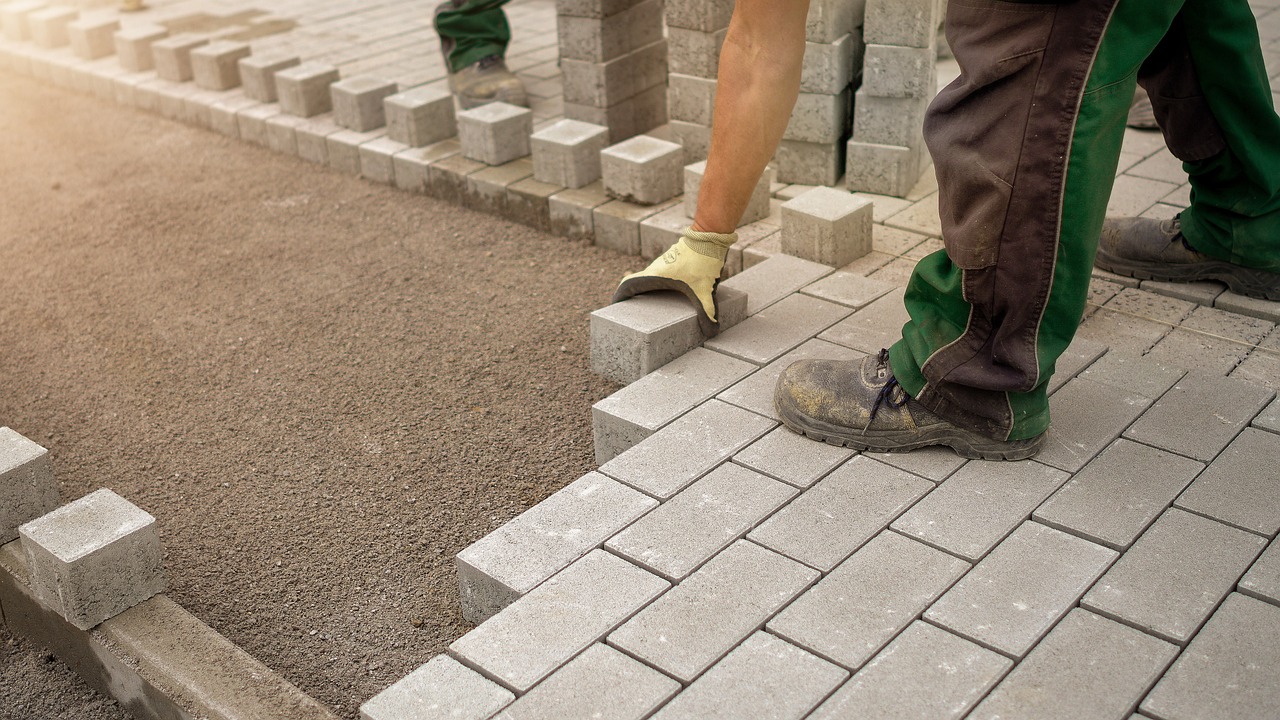
When it comes to the exhilarating world of roller coasters, the choice of materials plays a pivotal role in determining not only the performance of the ride but also its safety and durability. Engineers and designers meticulously select materials that can withstand the immense forces exerted during a ride while ensuring a thrilling experience for the riders. The two primary materials used in roller coaster construction are steel and wood, each offering unique characteristics that contribute to the ride's overall experience.
Steel roller coasters are renowned for their smoothness and flexibility. The use of steel allows for the creation of intricate designs with steep drops, sharp turns, and inversions. This material can be shaped into various forms, making it possible to achieve high-speed thrills that wood simply cannot match. Additionally, steel coasters are generally more durable and require less maintenance over time compared to their wooden counterparts. The table below outlines some key properties of steel roller coasters:
| Property | Steel Roller Coasters | Wooden Roller Coasters |
|---|---|---|
| Smoothness | High | Variable |
| Durability | High | Moderate |
| Maintenance | Low | High |
| Design Flexibility | High | Low |
On the other hand, wooden roller coasters evoke a sense of nostalgia and offer a different kind of thrill. The natural properties of wood allow for a unique ride experience characterized by jolts and air-time moments that many enthusiasts cherish. However, wooden coasters require more frequent maintenance due to the wear and tear of the material over time. The charm of a wooden coaster lies in its classic design and the feeling of being connected to the ride's roots. As the coaster trains navigate the wooden structure, riders often experience a different sensation compared to steel coasters, which can be described as a more raw and unfiltered thrill.
In addition to steel and wood, other materials like fiberglass and composite materials are also making their way into roller coaster design. Fiberglass is often used in the construction of ride vehicles and safety restraints, providing a lightweight yet sturdy option that enhances rider comfort. Composite materials, which combine the best properties of different substances, are being explored for their potential to create even more innovative designs that can withstand the rigors of high-speed rides.
As technology continues to evolve, the future of roller coaster construction looks promising. Engineers are constantly experimenting with new materials and designs to push the boundaries of what is possible. The integration of smart technology and environmentally friendly materials is becoming increasingly important, as the industry seeks to balance thrilling experiences with sustainability. So the next time you buckle up for a ride, take a moment to appreciate the incredible engineering and material science that goes into creating these heart-pounding attractions!
- What materials are commonly used in roller coaster construction? The most common materials are steel and wood, with some coasters also using fiberglass and composite materials.
- Why are steel roller coasters generally smoother than wooden ones? Steel coasters can be engineered for precision and flexibility, allowing for smoother transitions and high-speed thrills.
- How do maintenance needs differ between steel and wooden coasters? Wooden coasters typically require more frequent maintenance due to the natural wear and tear of wood, while steel coasters are generally more durable and require less upkeep.
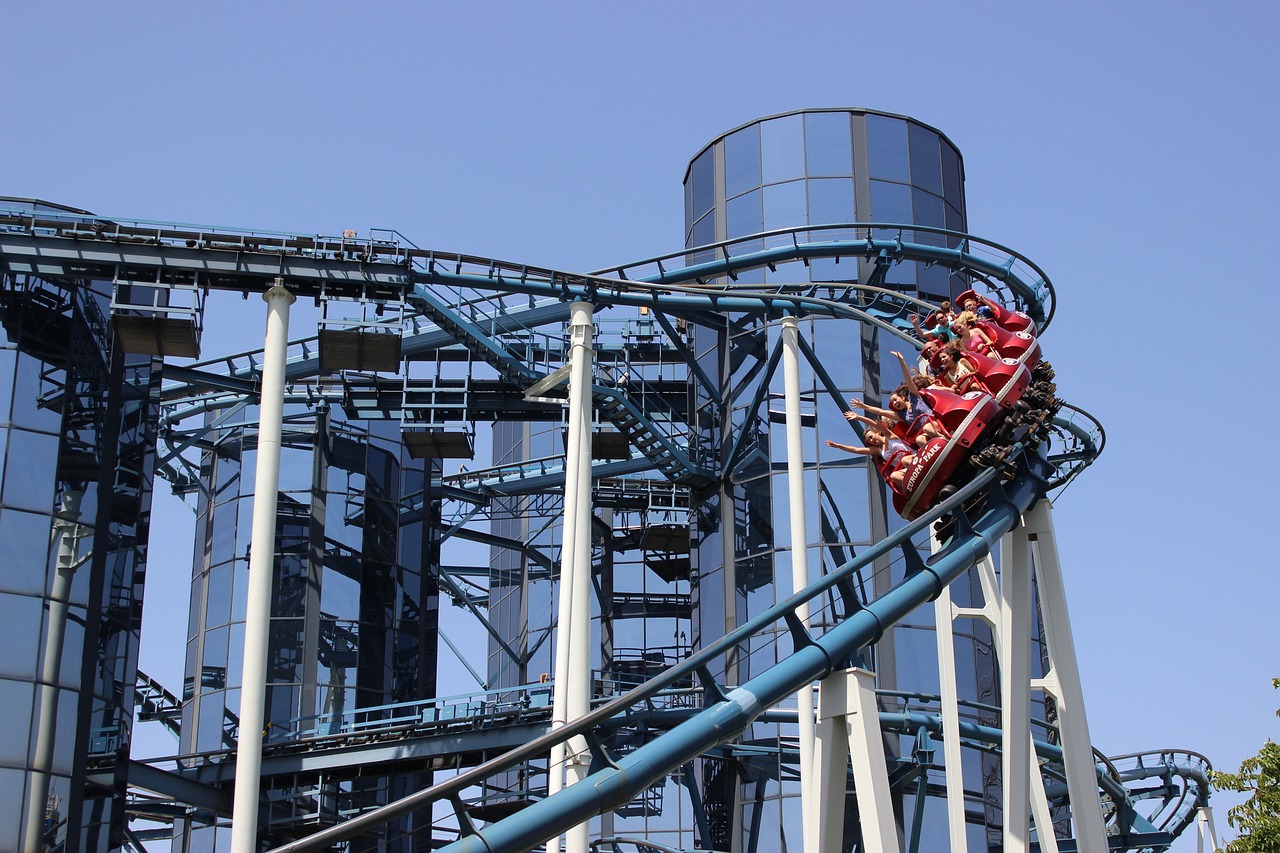
As we hurtle into the future, the world of roller coaster design is set to undergo some truly exciting transformations. With rapid advancements in technology, engineers and designers are constantly looking for ways to enhance the thrill, safety, and overall experience of roller coasters. Imagine rides that not only defy gravity but also incorporate elements of virtual reality, allowing riders to experience a roller coaster ride in entirely new dimensions. This is not just a dream; it’s a glimpse into the future of amusement parks!
One of the most promising trends is the integration of smart technology into roller coasters. This includes the use of sensors and data analytics to monitor the ride in real-time, ensuring that everything operates smoothly and safely. For instance, imagine a roller coaster that can adjust its speed based on the weight of the riders or the weather conditions. This level of customization could significantly enhance rider safety and comfort while maximizing the thrill factor.
Furthermore, the use of eco-friendly materials is becoming increasingly important in roller coaster construction. As awareness of environmental issues grows, designers are looking to create rides that are not only thrilling but also sustainable. For example, using recycled materials or energy-efficient technologies can reduce the carbon footprint of these massive structures. This shift towards sustainability is not just a trend; it’s a necessary evolution in the amusement industry.
Moreover, the concept of multi-sensory experiences is gaining traction. Future roller coasters may incorporate elements such as scent, sound, and even temperature changes to create a fully immersive experience. Picture this: as you plunge down a steep drop, the scent of the ocean fills the air, and the sound of crashing waves surrounds you. Such innovations could redefine what it means to enjoy a roller coaster ride, making it a multi-dimensional adventure that engages all your senses.
Finally, the future of roller coasters may also see the rise of magnetic propulsion systems. Unlike traditional chain lifts, these systems can launch trains at incredible speeds without the need for a steep incline. This technology not only allows for more thrilling launches but also opens up new design possibilities, enabling coasters to twist and turn in ways we’ve never seen before. Imagine a coaster that starts with a sudden launch, sending you straight into a loop with no gradual build-up!
In conclusion, the future of roller coaster design is set to be as thrilling as the rides themselves. With innovations in technology, materials, and design, we are on the brink of a new era in amusement parks. The next generation of roller coasters promises to deliver experiences that are not only exhilarating but also safe and environmentally conscious. Buckle up, because the future of roller coasters is going to be a wild ride!
- What are some of the new technologies being used in roller coaster design?
New technologies include smart sensors, magnetic propulsion, and immersive multi-sensory experiences that enhance rider enjoyment and safety.
- How are roller coasters becoming more eco-friendly?
Designers are using recycled materials and energy-efficient technologies to minimize the environmental impact of roller coasters.
- Will future roller coasters incorporate virtual reality?
Yes, many designers are exploring ways to integrate virtual reality to create unique and engaging experiences for riders.
Frequently Asked Questions
- What forces are at play in a roller coaster ride?
Roller coasters are thrilling because of the interplay of various forces, primarily gravity, inertia, and centripetal force. Gravity pulls the coaster down hills, while inertia keeps it moving forward, even through twists and turns. Centripetal force helps keep the riders in their seats during those exciting loops!
- How does gravity affect roller coaster design?
Gravity is a key player in roller coaster design. It determines the height of drops and the speed of the ride. Engineers utilize gravity to create thrilling drops that give riders that heart-pounding sensation. The steeper the drop, the more gravitational force is at work, leading to an exhilarating experience!
- What is inertia, and how does it impact riders?
Inertia is the tendency of an object to resist changes in its motion. On a roller coaster, when the train makes sharp turns or sudden drops, riders feel the effects of inertia. You might feel pushed back into your seat during a fast acceleration or feel weightless at the top of a hill. It's all about that thrilling sensation!
- Are there different types of inertia that affect roller coasters?
Absolutely! There are two main types of inertia relevant to roller coasters: linear inertia and angular inertia. Linear inertia affects how the coaster moves in a straight line, while angular inertia comes into play during turns and loops. Each type contributes to the unique sensations riders experience throughout the ride.
- How do engineers manage inertia on roller coasters?
Engineers cleverly design roller coasters to manage inertia and enhance the thrill while minimizing discomfort. They use strategic turns, drops, and banking angles to control how riders feel at different points in the ride. This careful planning ensures that the ride is exciting yet safe!
- What safety measures are in place for roller coasters?
Safety is a top priority in roller coaster design. Engineers implement various safety measures, including restraints, emergency brakes, and regular maintenance checks. Each ride undergoes rigorous testing to ensure it can handle the forces involved and keep riders secure throughout their thrilling adventure.
- What materials are commonly used in roller coaster construction?
Roller coasters are typically made from a mix of materials like steel and wood. Steel coasters offer smooth rides and can achieve higher speeds, while wooden coasters provide a classic experience with a unique feel. The choice of materials significantly impacts the ride's durability and excitement!
- What does the future hold for roller coaster design?
The future of roller coaster design looks incredibly exciting! With advancements in technology, we can expect to see innovative designs that incorporate virtual reality, magnetic propulsion, and even more thrilling elements. Engineers are always pushing the boundaries to create rides that are safer and even more exhilarating!

